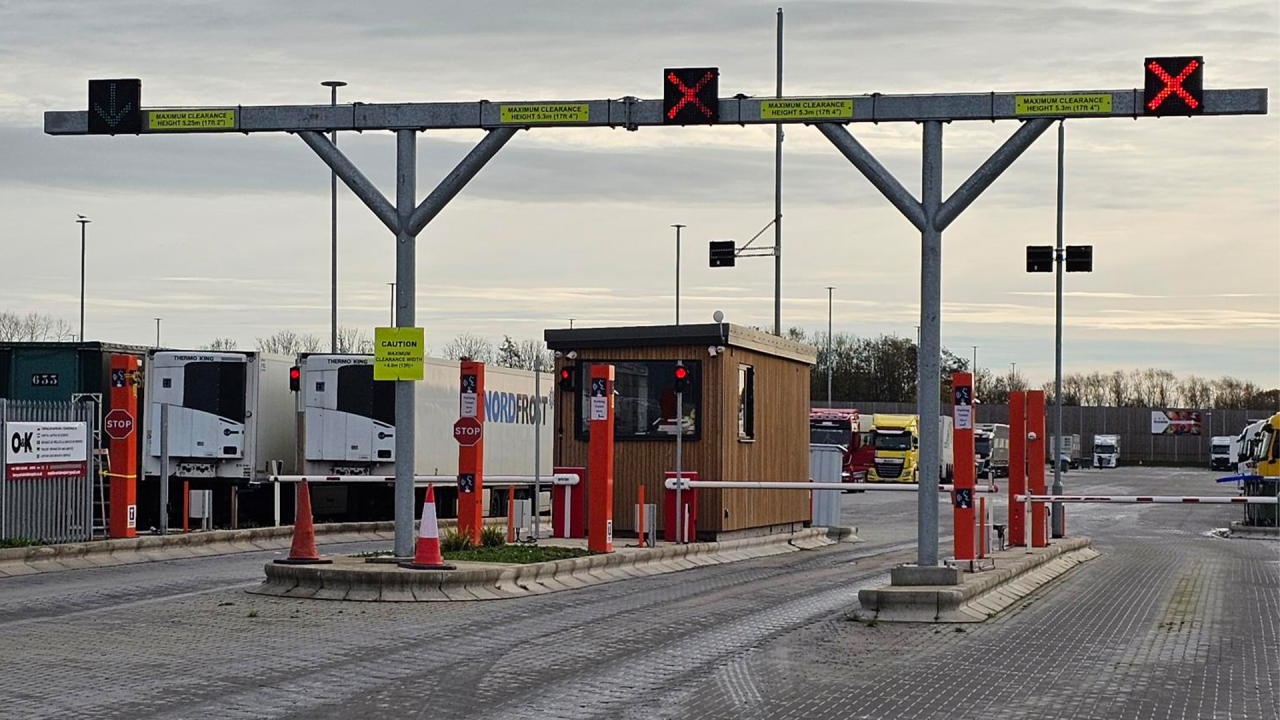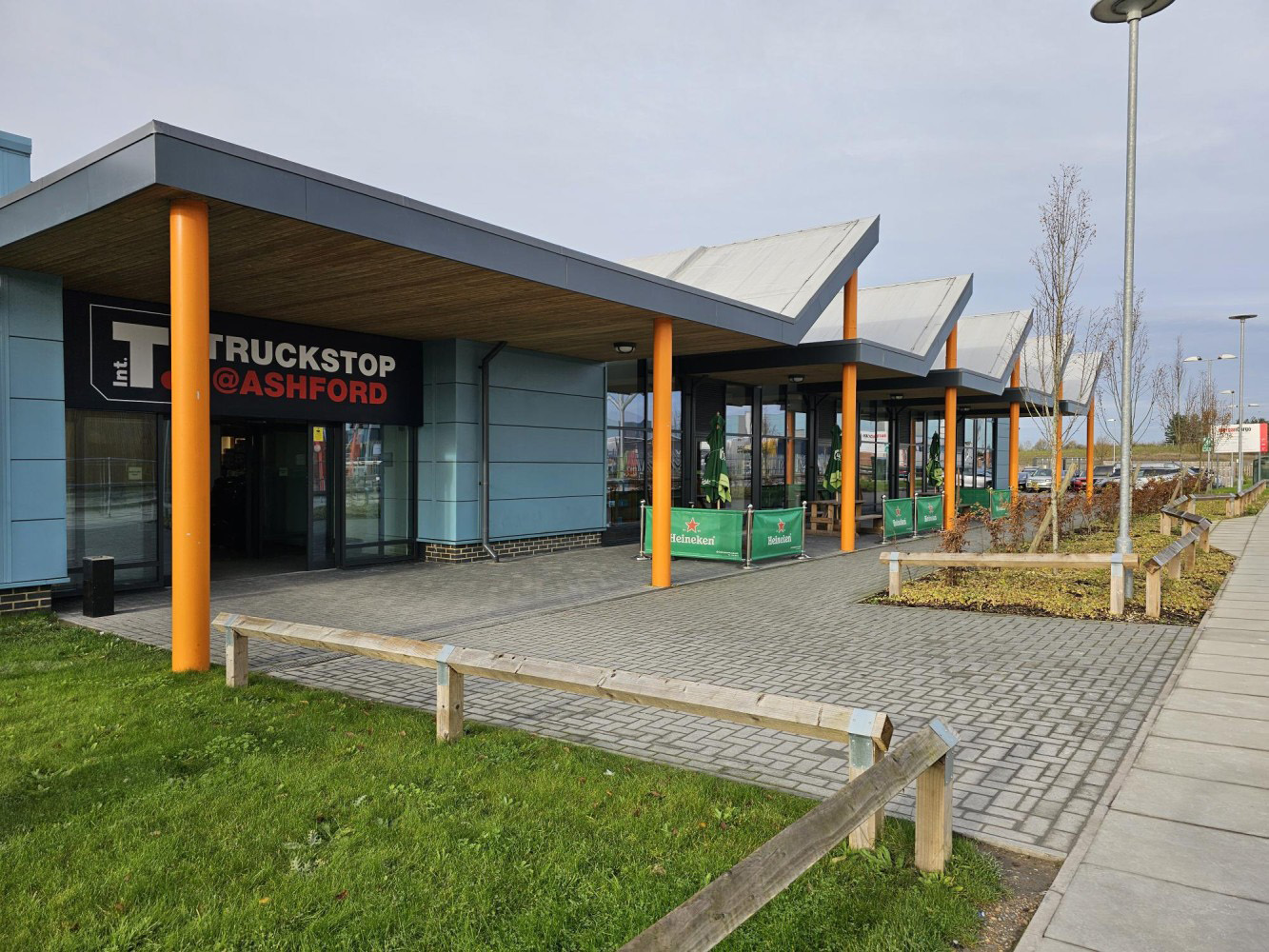
Josh Cousens
SNAP prihaja na Ashford International
Ustvarjeno: 27. 08. 2024
•
Posodobljeno: 27. 08. 2024
Vozniki lahko zdaj z računom SNAP plačujejo parkirnino v izjemnem postajališču Ashford International Truckstop v Kentu.
Družbi SNAP in Ashford International Truckstop sta združili moči, da bi voznikom ponudili eno najboljših dodatnih storitev parkiranja v Združenem kraljestvu - digitalna tržnica SNAP je združena z nagrajenim postajališčem za tovornjake v Ashfordu.
Ashford International Truckstop je bil leta 1993 zgrajen za potrebe tovornega prometa, saj je služil logističnim zahtevam po vsej državi in svoja vrata odprl 2. maja 1994. Poskrbljeno je za tovorno industrijo in voznike tovornjakov na jugovzhodu države, ki dnevno prečkajo Kanal.

Finančne naložbe, čas, trud, načrtovanje in širitev so prispevali k temu, da je postajališče Ashford International Truckstop postalo to, kar je danes, s strukturiranimi varnostnimi tehnologijami, ki so strateško nameščene po celotnem objektu, da bi ustvarili varno okolje za voznike.
> ''Glavni cilj podjetja Ashford International Truckstop je zagotoviti varno okolje za naše stranke, njihova vozila in blago, ki ga prevažajo. Poleg tega pod eno streho zagotavljamo najboljše udobje in storitve, ki jih potrebuje skupnost tovornjakarjev."''
Darren Smith - operativni direktor, Ashford International
Vozniki so varni, saj vedo, da je objekt opremljen z najsodobnejšimi varnostnimi tehnologijami - od ograje proti vdoru, ki obdaja objekt, vstopa in izstopa s sistemom ANPR, videonadzora CCTV in nadzora nad objektom ter močne ekipe varnostnega osebja, ki objekt spremlja in patruljira 24 ur na dan, 365 dni na leto.
Postajališče Ashford International Truckstop ima 660 parkirnih mest in ponuja naslednje storitve:
Trgovina
Moški in ženski tuši ter sanitarije
Storitev pranja perila
telovadnica
Restavracija
Kavarna.

Družbi SNAP in Ashford sta veliki zagovornici dobrega počutja voznikov, novo partnerstvo pa bo pomagalo zagotoviti več varnih in udobnih možnosti parkiranja na jugovzhodu države.
> "Vozniki SNAP so že dolgo spraševali, ali bi lahko uporabljali SNAP v Ashfordu, zato smo zelo veseli, da lahko na odličnem parkirišču za tovornjake v Ashfordu ponudimo digitalna plačila z računom SNAP.
> "Kent je že od nekdaj središče tovornega prometa, zato je pomembno, da so na voljo varna postajališča za tovornjake z ustreznimi vsebinami, kot je Ashford, na katerih lahko vozniki uživajo. "
Stuart Willetts - vodja poslovnega razvoja v Združenem kraljestvu, SNAP
> *"V postajališču Ashford International Truckstop si prizadevamo izboljšati vašo izkušnjo in olajšati potovanje z nami. *
> Ker so nekatere naše stranke zahtevale, da je SNAP na prvem mestu, smo sklenili partnerstvo, da vam zagotovimo to storitev. "
Darren Smith - operativni direktor, Ashford International
Vozniki lahko več podrobnosti o postajališču Ashford International Truckstop najdejo na strani zemljevida SNAP in v aplikaciji intruck.



